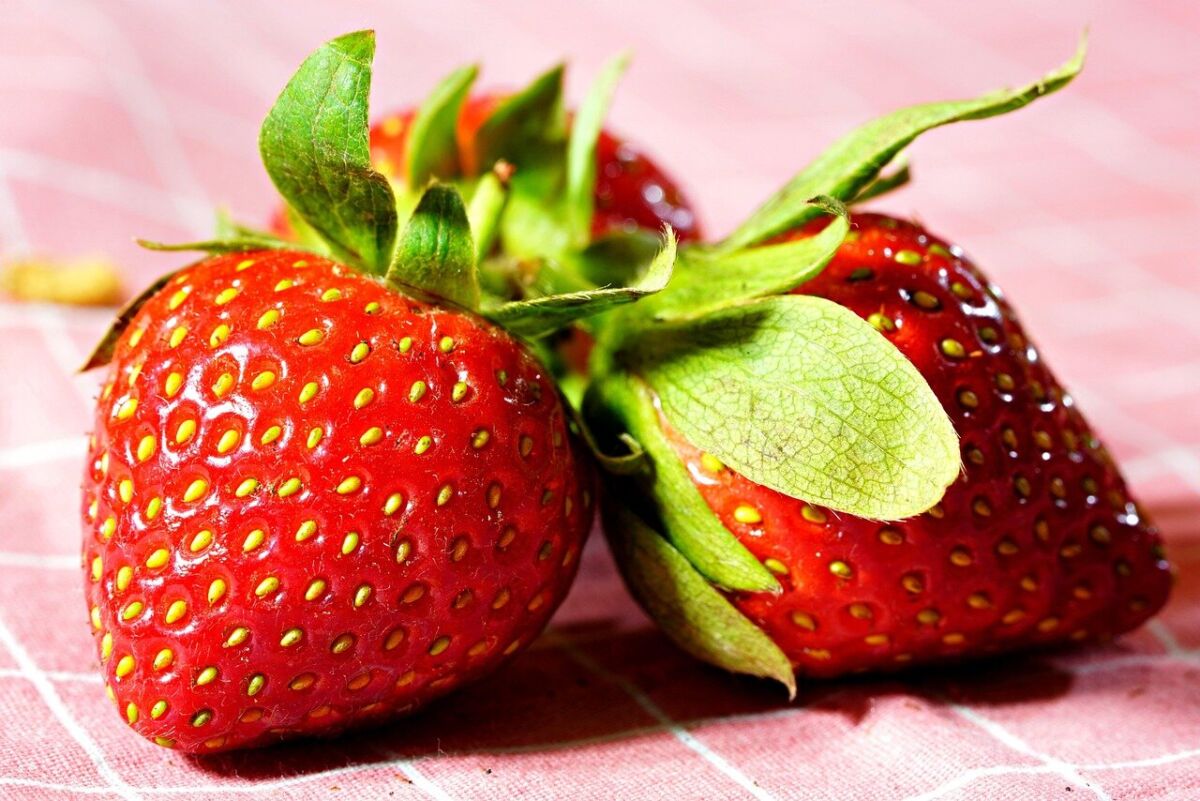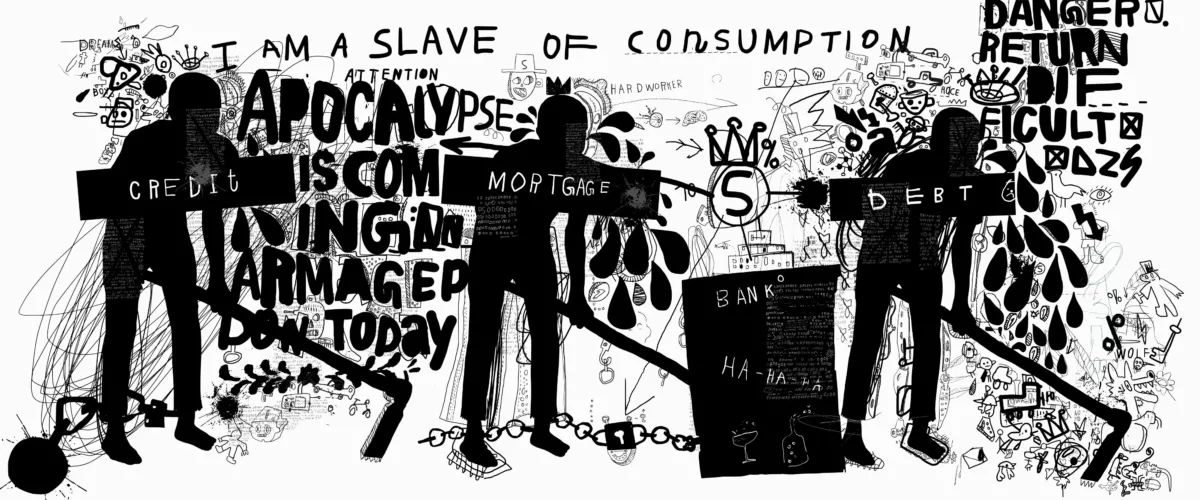The “Dirty Dozen” of 2025
Corporate Agriculture’s Toxic Legacy on Your Plate
By Tea Lynn Moore
It’s that time of year again. The Environmental Working Group (EWG) has just released its 2025 Dirty Dozen—the annual list of fruits and vegetables most contaminated with pesticide residues. For anyone paying attention to what’s happening to our food supply, the results are as infuriating as they are predictable.
Spinach and strawberries top the list once again, with multiple pesticide residues on nearly every sample tested. Spinach came in first for pesticide residue by weight, with many samples tainted with substances that have been banned for years in other parts of the world.
Blackberries and potatoes are this year’s most concerning new additions to the list. Blackberries were found to carry residues from as many as 14 different chemicals on a single sample. Potatoes—one of North America’s dietary staples—remain loaded with chlorpropham, a sprout inhibitor banned across the EU due to its toxicity, but still widely used in Canada and the US.
Don’t lose touch with uncensored news! Join our mailing list today.
Here’s the full 2025 Dirty Dozen:
- Spinach
- Strawberries
- Kale, collard, and mustard greens
- Grapes
- Peaches
- Cherries
- Nectarines
- Pears
- Apples
- Blackberries
- Blueberries
- Potatoes
A Global Double Standard
Several of the pesticides detected—such as cypermethrin and chlorpropham—are considered too dangerous for European consumers, where regulators have banned them outright. Yet here in North America, these chemicals remain in use thanks to powerful lobbying by the agrochemical industry.
Additionally, as Consumer Reports recently warned, modern chemical agriculture often replaces old banned substances with new ones that are equally toxic—a shell game that keeps profits flowing while leaving consumers in the dark.
Multiple studies show that even low-dose, long-term exposure to these pesticides can disrupt hormones, impair children’s development, and increase risks of neurological issues and cancers.
What You Can Do
- Buy organic when possible. Especially for anything on the Dirty Dozen list. As one researcher put it, “one of the things that a lot of peer-reviewed studies have shown over and over again (is) that when people switch to an organic diet from a conventional diet, you can really see measurable levels in the reduction of pesticide levels in the urine.”
- Start a garden. Growing your own food not only reduces your exposure to pesticides but also reconnects you with nature and the true value of clean, nourishing food.
- Wash thoroughly. For firm produce, rinse under cool, running water, scrub, remove outer leaves and husks, or peel. A 25% white or apple cider vinegar to water soak for 5–10 minutes works, too. For produce that you don’t peel, one study suggested a solution of baking soda and water may be more effective than water alone or vinegar and water. For delicate produce like berries or leafy greens, soak them in a solution of five grams (one teaspoon) baking soda per litre of water and then rinse. Even the most diligent cleaning won’t remove all residues, though, as many types of fresh produce are porous and absorb chemicals easily. In fact, the study the EWG based their list on had scrubbed and peeled the produce before testing—so whatever survives the wash process is still making its way into our bodies.
- Eat a safer variety. The group also released a list of the Clean Fifteen—aka, the produce items with the lowest amount of pesticides. The list included pineapples, sweet corn (both fresh and frozen), avocados, papaya, onions, frozen sweet peas, asparagus, cabbage, watermelon, cauliflower, bananas, mangos, carrots, mushrooms and kiwis.
A Broken System
This isn’t just about personal choices. It’s about a corrupt system. Corporate agriculture, enabled by weak regulators, is pumping our food full of toxic residues, while independent farmers who practice regenerative or organic methods face uphill battles.
Sadly, over 98% of chemical spray used in agriculture ends up off-target—contaminating soil, waterways, and non-target organisms. Whole ecosystems are collapsing under this chemical onslaught.
It’s time to demand a ban on the worst pesticides; transparent labeling of residues, and policies that support organic and regenerative farmers, not just the Big Ag lobbyists.
Our food should nourish us, not poison us. And citizens—not chemical corporations—should have the final say over what ends up on our plates. It’s time to fight for real food.
Explore More...













